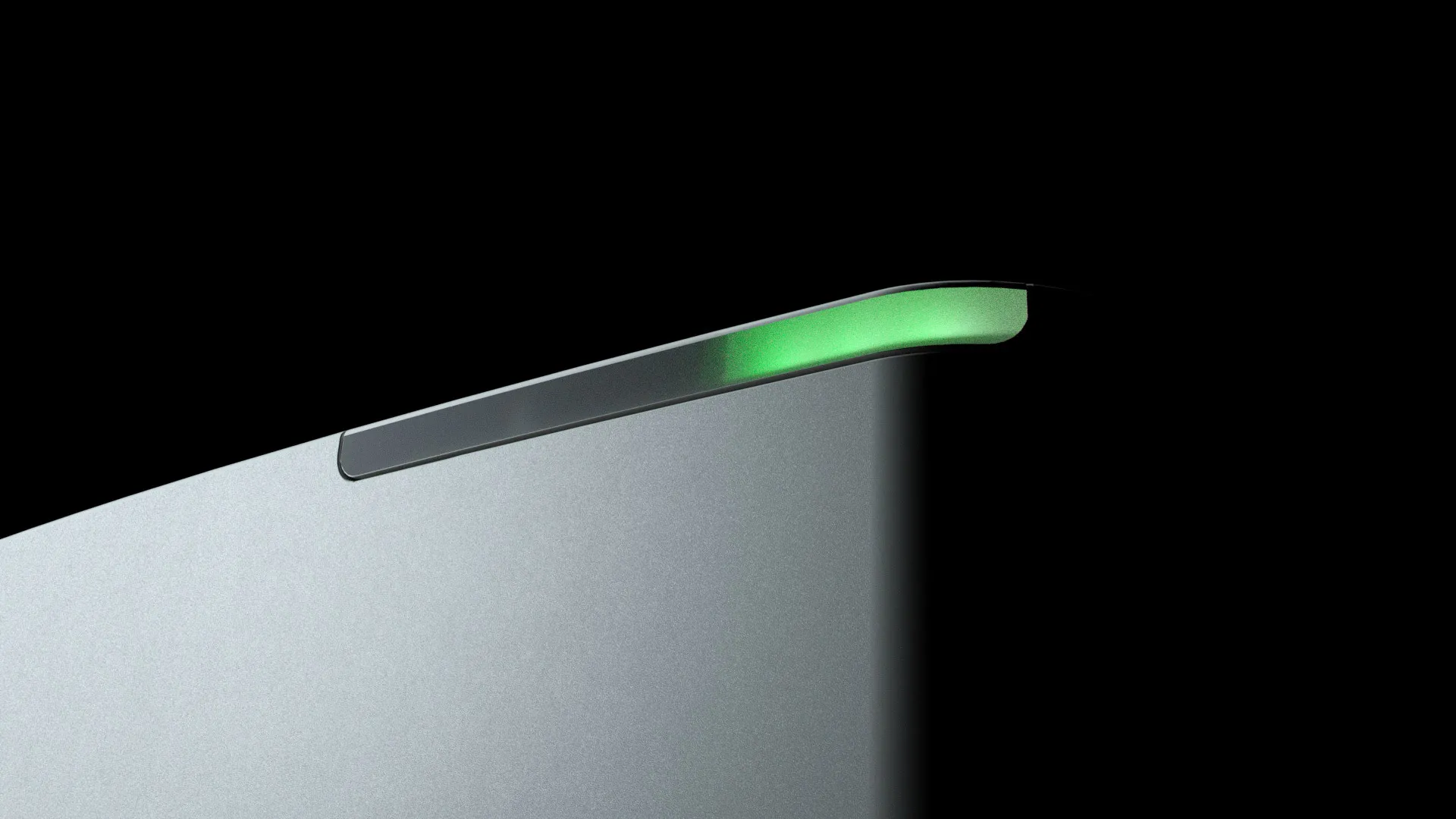
Unraveling IgG Light Chain Amyloidosis: Structural Insights with MMS
In a recent study, researchers compared IgG light chains from non-disease-causing germline (GL) to potential disease-causing light chains from patients with multiple myeloma (MM) and from amyloidosis patients (AL). Specific mutations in the variable domain from amyloidosis isoforms were found which make the LC more flexible and solvent-exposed and may therefore be a possible driver for fibril formation. The full-length LCs and the isolated variable domains from these three sources (GL, MM, and AL) were tested using Microfluidic Modulation Spectroscopy (MMS) to determine the secondary structural differences and the HOS composition. Since MMS can quantitate percent alpha-helix, beta-sheet, unordered (coil), and turn structures, the flexibility can also be inferred through increases in the unordered and turn structures.
In this study, we compared LC and VL fragments from three different amyloidogenic and non-amyloidogenic sources. Those three sources were GL (non-amyloidogenic), MM (possibly amyloidogenic), and AL (amyloidogenic). MMS provided quantitative HOS characterization and the ability to distinguish between native and aggregation-prone beta-sheet structures, which are important for the study of amyloidogenic proteins.


Please complete the form to download the app note.

